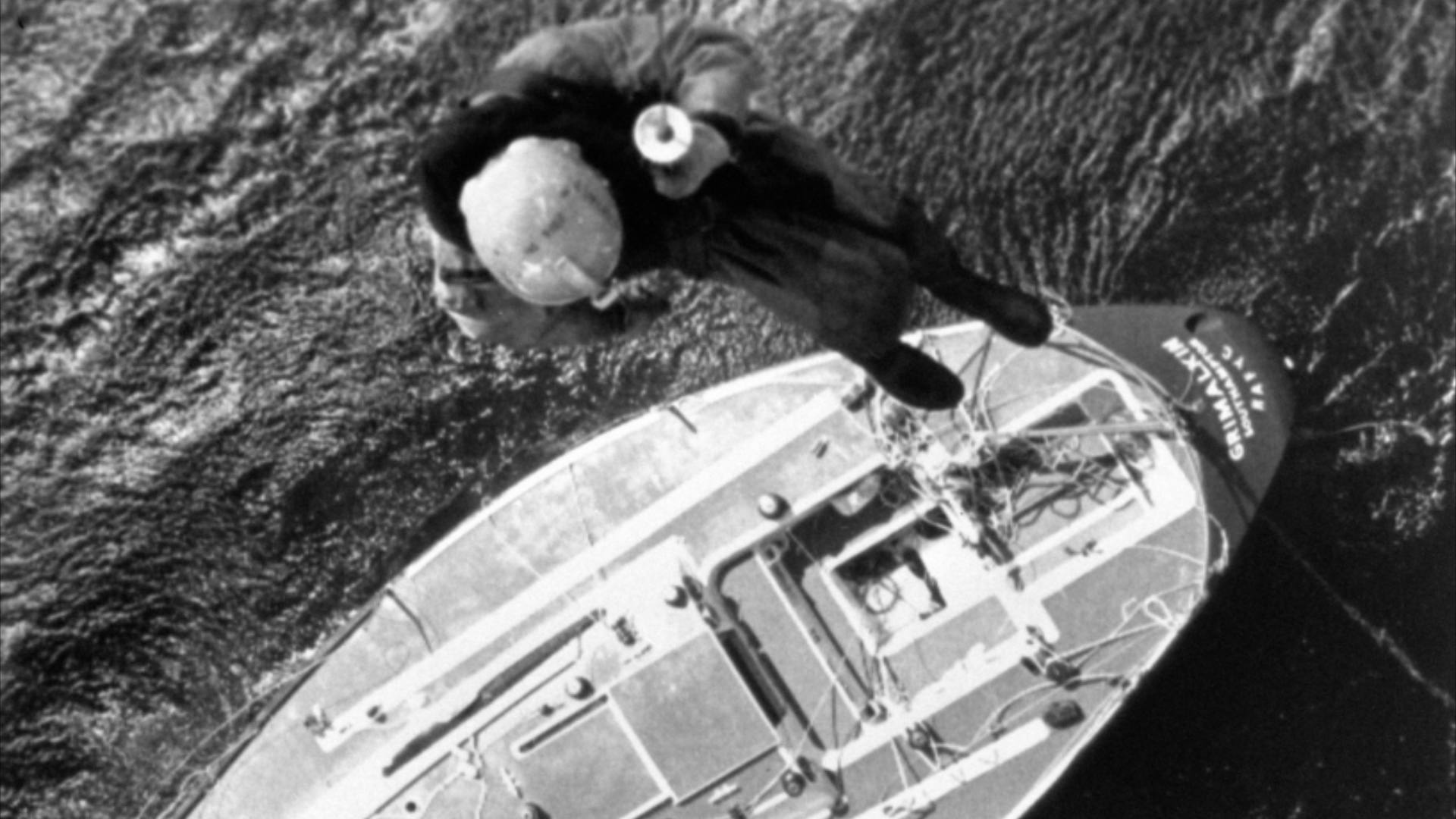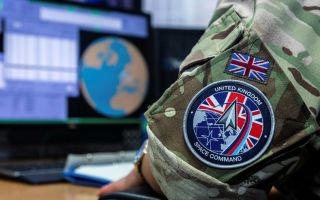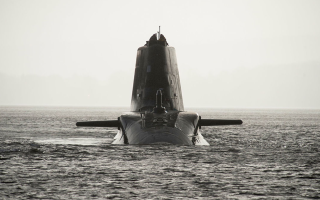
The Fastnet Race Disaster: Navy Heroes Speak 40 Years On

A helicopter crewman hangs from a winch to check the battered yacht Grimalkin for possible survivors (Picture: PA).
Competitors in the 1979 Fastnet Race were in the middle of a 605-mile yachting event, from Cowes to Fastnet Rock and then to Plymouth, when an unexpected storm wreaked havoc.
With hundreds of sailors facing life-threating conditions, the Royal Navy sent emergency calls to anyone with rescue experience, an urgent plea to help with what would become the UK's largest peacetime rescue-mission.
The storm took 19 lives in total, though 130 were saved by efforts from the UK, Ireland and the Netherlands.
As part of the massive rescue operation, 15 RNAS Culdrose helicopters flew for 200 hours to save 75 stranded sailors.
Albie Fox, a former Royal Navy Wessex pilot, was woken at 5am on 11 August 1979, during the 28th Fastnet Race.
“The phone call was, 'all hell is breaking loose, could you get your backside in here, Sir?'”
Mr Fox's crew were sent flying, tasked with finding the 'Camargh' vessel.
“She was in dire straits, her rigging was flapping… her mast was going backward and forward so there was no way we could lift them off the deck.
"We had to persuade them to dive one at a time into the water."
The crew then hooked each person on to a harness, bringing them onboard the aircraft one-by-one.
Watch: Albie Fox spoke to Forces News about his mission
Keith Thompson, a former Sea King Pilot with the Royal Navy, was also part of the operation after receiving the call-out from the service.
Taking note of the vessels in danger, the scale of the emergency soon became clear.
"I was writing on my knee pad with a chinagraph pencil and running out… I started to write on the windscreen of the helicopter."
Although there were a number of vessels to look out for, the amount of water to be searched provided a huge challenge, time continuing to run down.
The Sea King crew were told that 10 to 12 yachts could be found “anywhere between land’s end and the Fastnet rock."
“You could see the ashen look on their faces, the relief of being somewhere safe, out of the water.”
Watch: Keith Thompson told Forces News about the challenge facing his team in 1979
At the time, RNAS Culdrose was on summer leave, a lot of equipment undergoing maintenance, a rescue operation was a tall order.
Conditions were pushing the aircraft available to their limits.
"We normally do a 40-foot, automatic hover, the Sea King couldn’t cope with that because the waves were about 40-feet high as well."
The sea was so rough, so much white water and big waves, it was very difficult to spot anything in the water.
Adrenaline and a high sense of responsibility pushed the teams to continue non-stop with their search, only feeling the exhaustion at the end of the day.
"We did two, four-hour trips… we just kept going…"
Over the next couple of days, Mr Thompson and his crew flew back over the scene several times, double-checking that any remaining vessels had in fact been evacuated.
For Mr Fox, the search continues to be replayed in his head to this day:
“I flew 13 hours on that day… It’s the thing that always haunted me – that I might have flown over somebody.
“For a few years after that event, it obviously played on my mind, knowing that we may have flown over somebody and not seen them.”









